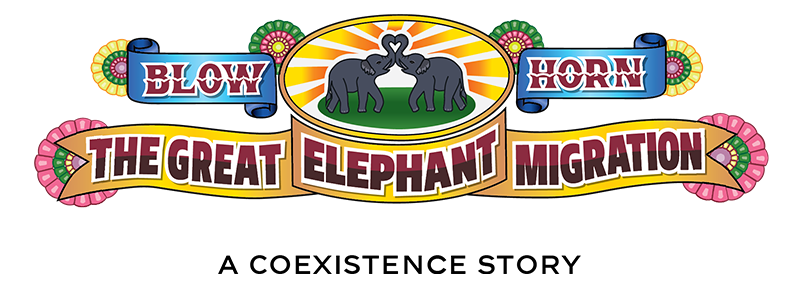MY NEIGHBOUR IS A LION
Growing Up in the Amboseli Ecosystem
John Merishi, Head of People and Culture, Lion Guardians Senior Management Team
I was born and raised in the Amboseli ecosystem. My upbringing was deeply intertwined with the rich ecosystem of wildlife surrounding my community. My family are traditional Maasai pastoralists and from a young age I would help them herd livestock to and from pastures and waterways on our ancestral lands. This instilled in me a profound connection to the land and its inhabitants.
Throughout my childhood, I rarely saw lions. The few lions that lived around the community were generally shy as they feared being hunted by Maasai. Traditionally, Maasai would hunt lions in relation to them attacking livestock or for prestige, as lion hunters were seen as brave warriors. I realized that the lion population was disappearing.

It was these experiences; my awareness of the collapsing lion population, alongside my commitment to safeguard the wildlife that had long been my neighbors in the shared landscape we called home, that inspired me to pursue a career in conservation.
In 2015, I joined Lion Guardians. What drew me to Lion Guardians was the founders' vision of a future where the organization would be fully owned and operated by the communities coexisting with the lions. This forward-thinking approach resonated deeply with me, as it promised not only to safeguard the lion population and protect our precious wildlife, but also to contribute to the well-being of my people.
Today, I work on the Senior Management Team as the Head of People and Culture. I am proud to work for an organization that has been at the forefront of protecting lions and I am proud of the local communities for taking greater responsibility to protect the lions and wildlife within their lands.

The Art of Lion Tracking: A First-Hand Experience
Eric Ole Kesoi, Lion Guardians Community Manager
Lion tracking is an addictive art. Men from pastoralist communities learn this skill very early in life. I have formed the habit of tracking early every day when I am at the Lion Guardians camp. I find that there are few pleasures as wonderful as a peaceful early morning walk in nature. By studying the tracks left behind by different species during the day and night, one can reconstruct exactly what happened at a scene, right down to the thinking behind the animals’ actions.
Recently, I tracked two male lions along a tributary river that flows not far from the Lion Guardians’ camp. The lions chose this area because their prey converge there to graze on the grass, so rare in this area. We are currently in the grip of a drought that has affected a large part of our ecosystem (drought period 2018-2023). The short rains that usually fall between October to December were very light and inadequate. The long rains that were expected between the months of March to May simply did not arrive. I dread the effect the drought will have on livestock and wildlife.

Along the river that morning, I saw zebras, wildebeest, eland and gazelles. As I was busy tracking the two male lions, I came face to face with two male buffaloes. I had not seen them earlier as they were in the riverbed. The buffaloes saw me. We sized each other up for a few seconds. I was in an open area that had no trees. I felt exposed. Buffaloes are some of the most aggressive animals one can encounter in the bush. If they were to attack me I had nowhere to hide. I shooed them away and, fortunately, they turned and ran away.
I continued to track the lions until I saw them. I called our team to report the sighting. The lions were from Nenkukuo Keli’s pride. They had big bellies. We later realized that they had killed a giraffe. We left them to enjoy their well-earned rest.
Lion Guardians conservation program is based on evidence-based strategies, and the integration of social and biological sciences, including traditional and indigenous knowledge.
